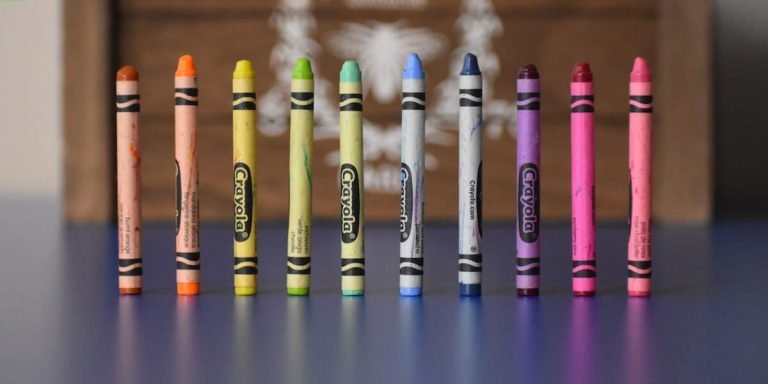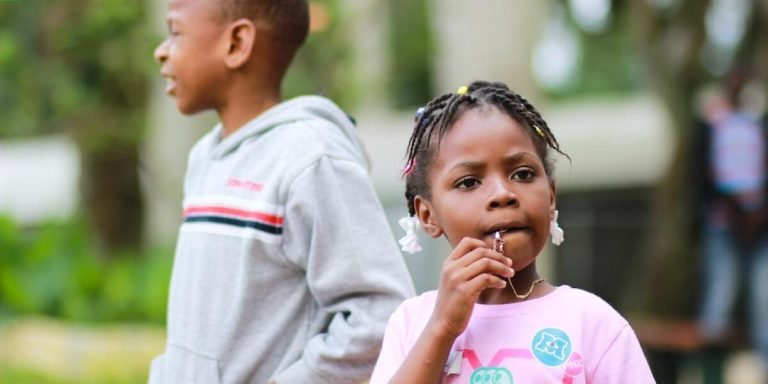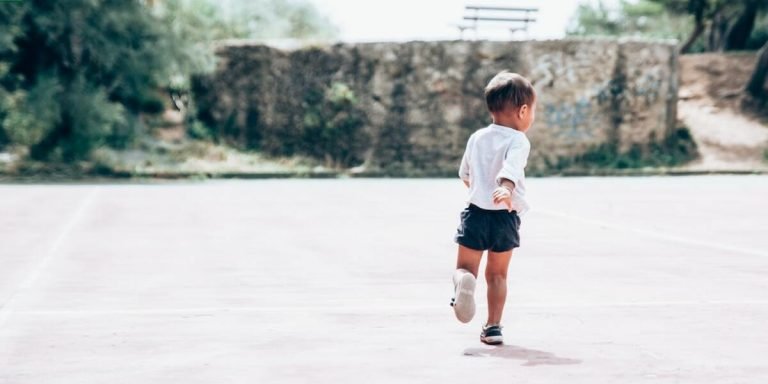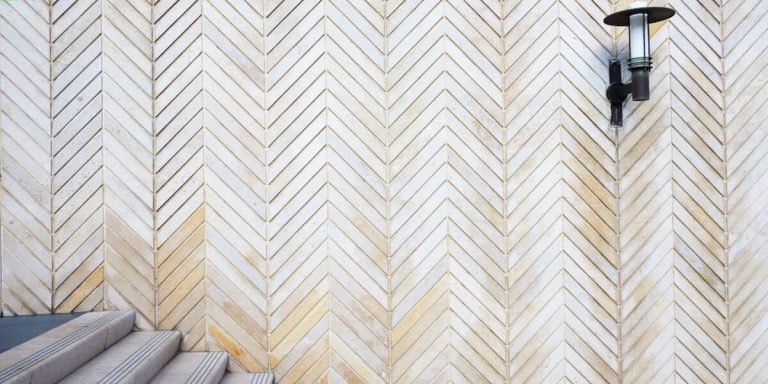Sensory Issues with Clothing: Understanding and Addressing the Challenges
Sensory issues with clothing can pose significant hurdles in the daily lives of many children, particularly those having special needs. These sensitivities can make even the most routine tasks – like getting dressed for school – a monumental challenge. Understanding these sensory problems is essential to navigate through such situations successfully.
Addressing this often-overlooked aspect of childhood education requires knowledge and patience. For parents and educators, it’s valuable to have access to relevant “Special Education Resources and Support.” By adapting strategies from this pool of resources, you can create an environment more suitable for kids grappling with sensory issues related to clothing. Such initiatives not only enhance their comfort but also contribute positively towards their overall development.
Did you know?
Did you know that tags and seams on clothing can cause extreme discomfort to children with sensory issues? This common occurrence, often overlooked, is known as tactile defensiveness.
Understanding Sensory Issues with Clothing in Special Education
Sensory issues with clothing, a common struggle among children in special education, are often overlooked but can have significant impacts on a child’s learning experience. It’s essential to understand these challenges and the role they play in our educational structures—in 2023 technology integration has been paving new paths for addressing this concern.
Firstly, sensory sensitivities refer to discomfort or distress caused by certain textures or types of clothing against the skin. This is commonly experienced among students with Autism Spectrum Disorder (ASD), ADHD and Sensory Processing Disorders (SPD). Such sensitivities can cause agitation and distraction which impact their focus on education.
In recognizing such realities about our learners’ experiences we pave way for more inclusive teaching methodologies that accommodate every unique need.
By leveraging technological innovation within Special Education resources known as assistive technologies, educators now provide adaptive solutions allowing customization according to each student’s requirements ensuring no learner is left behind due ton non-academic hurdles anymore—not even those related to something seemingly mundane yet so critical like clothes!
Recognizing the Signs: Identifying Children with Sensory Clothing Concerns
Sensory issues with clothing can pose significant challenges in the day-to-day life of children, especially those who are part of special education programs. These issues often exist as a silent struggle for many, making it crucial to understand the signs and effectively manage them.
One of the first signals that may suggest your child struggles with sensory problems related to clothing is their reaction towards specific fabrics or textures. Maybe they have an aversion towards stiff materials like denim or scratchy ones such as woolen clothes. They might show extreme discomfort when wearing these types of garments by crying, withdrawing from activities they usually enjoy or displaying aggressive behavior.
Secondly, attention should be paid to observe if there’s resistance while dressing up which goes beyond typical childhood tantrums. Many kids struggling with sensory concerns find it hard adapting to changing outfits throughout the day; hence this could lead parents into falsely assuming stubbornness on behalf of their children.
Another sign could lie within their dislike about tags and seams present in most clothing items – often leading them into opting for inside-out wear or preferring unseamed apparels generally considered unconventional otherwise.
Practical Strategies for Accommodating Sensory Needs in Classroom Attire
Sensory issues with clothing in a classroom setting can pose significant challenges for special education students. However, with careful planning and adaptive strategies, educators can create an accommodating environment that factors in these unique needs.
The first step is to understand the specific sensory preferences of each student. This requires one-on-one conversations between teachers and parents or caregivers who have firsthand knowledge about what types of fabrics, textures, tightnesses or loosenesses cause discomfort to the child.
- Start by seeking resolution methods that keep children at ease while ensuring they comply with any required dress codes.
- Consider practical solutions such as:
1. Swapping Restrictive Clothes: Trade traditional stiff shirts or jeans for clothes made from soft materials like cotton which feels gentle against the skin.
2. Flexible Dress Codes: If feasible within school policy guidelines, let students wear pajamas or gym clothes which generally come without hard components like zippers and buttons causing irritation.
3.Wrap-around Clothing Covers: Utilize specially designed wraps around collars or waistbands offering added comfort by reducing direct contact between fabric and skin.
Technology Integration plays a key role here as well:
With apps available detailing various textiles’ tactile properties helping select most suitable attire choices.
Clothing companies today use 3D body scanning technology delivering custom-fitted outfits aligning perfectly with individual sizing requirements minimizing potential discomforts.
Infrared thermography identifies areas where garment causes excessive heat leading dissatisfaction allowing necessary modifications making it more wearable.
Tailoring a Comfort-Focused Wardrobe for Students with Sensitivity
Students with sensitivities often face sensory issues with clothing. These issues can range from discomfort due to the texture of fabrics, tags and seams, to a dislike for certain colors or patterns that overstimulate their senses. As educators and parents, understanding these challenges is crucial in creating an optimal learning environment for such students.
In recent years, advancements in technology have led to innovations within education that offer special resources and support tailored towards children experiencing sensory concerns. Smart textiles – fabric interwoven with digital components like sensors – are revolutionizing the market including school uniforms sector as well.
The integration of this modern technology into classroom settings has paved way for comfort-focused wardrobes specifically designed for youngsters dealing with sensitivity problems associated with clothes. The main goal here is not just about making them feel physically comfortable but also tackle any potential distraction causing hindrance in focus during class time activities.
Moreover, optimizing all aspects of teaching methods plays a significant role when it comes down to handling unique needs related matters effectively; incorporating smart softwares enable caregivers take more personalized approach based on specific child’s behavior pattern analysis hence promising progress improvements over time while achieving educational goals which otherwise seemed challenging without required technological tools at disposal!
Remember – every initiative taken today contributes directly towards empowering sensitive children by providing solutions uniquely crafted around their comfort thereby enabling better engagement levels ultimately leading up successful outcomes both academically & socially fostering growth development holistically!
Fabric Fundamentals: Choosing the Right Materials for Sensitive Skin
Understanding the unique sensory needs of children can be a challenging task for parents and educators, particularly when it comes to selecting clothing that is not only functional but also comfortable. Students with sensitivity often encounter difficulties related to fabrics; hence, ascertaining fabric fundamentals becomes vital.
First off, you must comprehend that some materials are potentially more irritating than others. Synthetic materials such as polyester or nylon may provoke skin reactions in sensitive individuals due to their coarse textures and lack of breathability. On the other hand, natural fibers like cotton and bamboo have proven beneficial due to their softer texture and higher breathability quotient.
Cotton being hypoallergenic offers ideal protection against skin irritations while maintaining its resilience through multiple washes – an essential feature considering how much wear kids’ clothes usually endure! Bamboo follows closely behind by offering ultra-soft comfort combined with anti-bacterial properties making them perfect for students prone to sweat-induced issues.
While these aspects shed light on which fabric types might be suitable for pupils encountering sensory issues with clothing, one should keep quality at forefront too. Cheaper versions of even ‘skin-friendly’ textiles could contain dyes or chemicals causing discomfort upon prolonged usage.
Design Considerations: Features and Adjustments to Enhance Comfort
When we talk about designing a comfort-focused wardrobe for students with sensitivity issues, several key considerations come into play. Firstly, it is crucial to prioritize the use of softer fabrics that are non-irritating and breathable. Cotton and bamboo fabrics have been found to be highly effective in providing this level of comfort due to their natural softness.
Additionally, some children may face sensory issues with clothing which might cause them discomfort or distress. Therefore incorporating adaptive features such as tagless clothes or seamless socks can significantly improve the user experience for these kids.
Next on our list is taking care of fit adjustments. Clothes should not be too tight nor too loose but exactly tailored according to student’s size so they do not feel restrained or overwhelmed by their outfits.
Consider also implementing easy-to-use fasteners like Velcro straps or magnetic buttons especially for younger learners who might stumble through ties and tricky buttons thus making dressing up an easier affair altogether.
Moreover integrating technology into wardrobes has never been more essential than now in 2023; augmented reality (AR) apps designed specifically towards teaching kids how best dress themselves independently whilst simultaneously offering interactive learning experiences introduces fun-filled educational aspects within everyday routines thereby merging special education resources effectively yet subtly.
Empowering Teachers and Parents With Knowledge and Tools
In the journey of childhood education, there’s an undeniable need for both teachers and parents to be correctly informed about unique learning situations like sensory issues with clothing. These are not unfamiliar topics in today’s classrooms thanks to technological integration into education. Current-year advancements have made it more accessible than ever before for educators and guardians alike, hence empowering them by offering a deeper understanding.
Through modern technology, we can create comprehensive digital resources that provide detailed information on special educational needs including tactile sensitivities or difficulties children encounter when dealing with certain types of fabrics or textures. This enrichment has value especially as sensory experiences significantly affect cognitive development thus affecting overall schooling experience.
Furthermore, these digital tools don’t just supply knowledge; they also offer practical solutions such as how to choose suitable materials for kids’ clothes or integrate specific teaching strategies in class settings aimed at reducing discomfort due to hypersensitivity issues experienced by some students. By readily preparing our educators and support system with this guidance we ensure tolerance becomes inherent within our unified objective – advancing each child’s educational success irrespective of their individual differences.
Resource Guide: Where to Find Specialty Clothing and Accessories
Understanding sensory issues can be challenging, especially when relating to clothing for children. The sensitivity of a child’s skin or even their particular preferences for certain textures and fabrics may cause discomfort if not taken into account. This is where knowledge becomes power.
Sensory sensitivity in youngsters often connects with educational outcomes – kids who are uncomfortable are likely less focused on learning activities. So, just as we integrate smart technology like tablets or interactive whiteboards into our teaching methods, addressing ‘sensory issues with clothing’ is another way education evolves to accommodate individual needs.
Specialty clothing retailers in 2023 offer solutions catering specifically to these needs, as they understand the challenges intimately and aim to mitigate them with their products.
1. SensaCalm: Their range includes clothes without tags (a common irritant) made from soft materials which put comfort first.
2. Therapeutic Threads: Offering stylish clothing options designed by occupational therapists with sensory-friendly considerations front and center.
3. Fun And Function’s Under Huggers Collection: These pieces incorporate gentle compression feelings that many sensitive kiddos find relaxing while remaining subtle enough for everyday wear.
4 .SmartKnitsKIDS – Offers seamless underwear and socks; no more distractions due to itchy seams during classroom time!
Creating an Inclusive Environment Through Awareness Training
In today’s digitally-driven education landscape, empowering teachers and parents with the required knowledge and tools to support children is not just a necessity but an obligation. One area that needs special attention is sensory issues with clothing—a challenge often faced by children in need of special education resources.
Understanding the nuances associated with this issue helps educators create more inclusive environments for all learners. Awareness training around “sensory issues with clothing” can bridge this gap between regular learning agendas and custom requirements posed by these unique challenges.
To begin, it’s important for us to comprehend what we mean when referring to ‘sensory issues’. These are typically hypersensitivity or hyposensitivity towards physical experiences such as touch (tactile sensitivity). This sensitiveness might lead some students preferring loose clothes while others finding comfort wearing tight-fitting apparels.
As trivial as this may sound, discomfort due to clothing could affect focus levels in class which eventually impacts overall academic performance.
One potential solution lies within technology integration into our educational system – It provides avenues like virtual reality or augmented reality where feeling of cloth texture or weight becomes irrelevant because digital environment doesn’t demand any physical dress codes. While embracing tech-integrated solutions completely might seem futuristic at present year 2023; however smaller strides toward incorporating supportive infrastructure would undoubtedly add value for both teaching staff and parent community alike.
Conclusion
In closing, grasping the nuances of sensory issues with clothing can be a bit like navigating a labyrinth. The key is to approach it with empathy and patience. Not only does this pave the way for effective solutions but also strengthens your bond with your child, allowing you to offer them the requisite comfort during uneasy experiences.
Don’t let such hurdles daunt or discourage you! Explore our website further where we unravel many more aspects of childhood education and provide support for both parents and educators alike. Remember, understanding is half the battle won; continue collecting these nuggets of wisdom to make every step in your journey as smooth sailing as possible.







